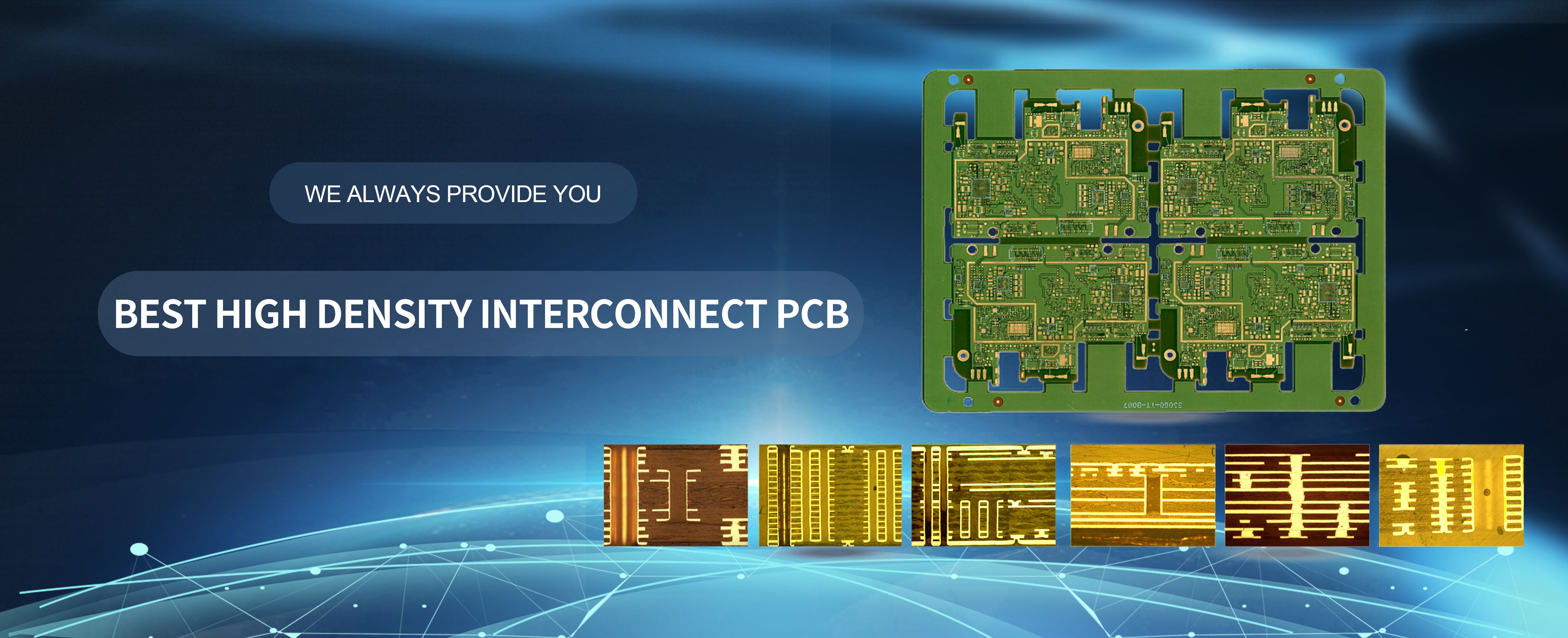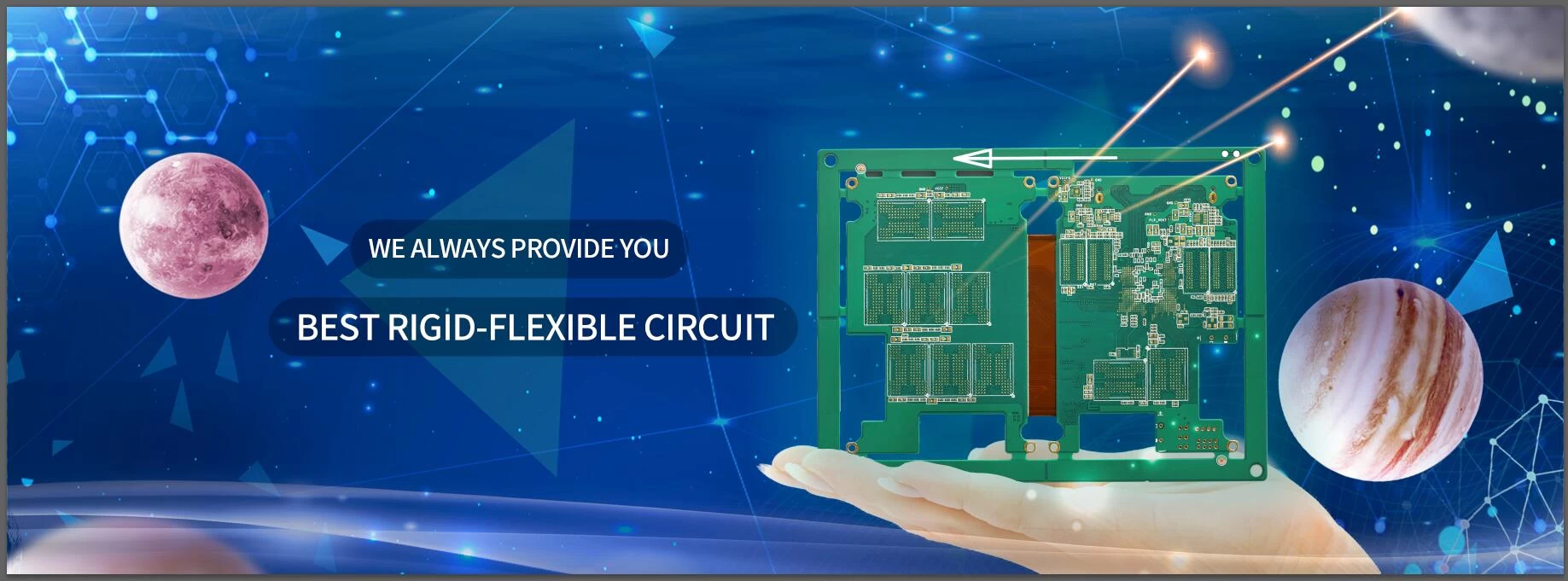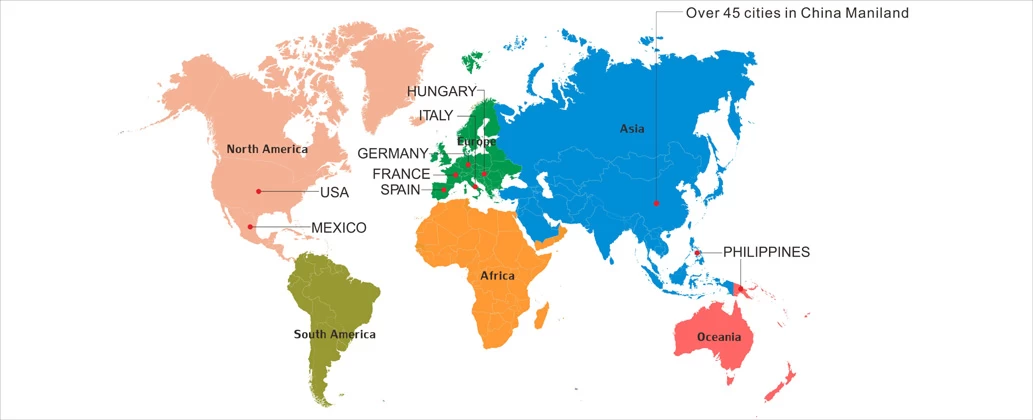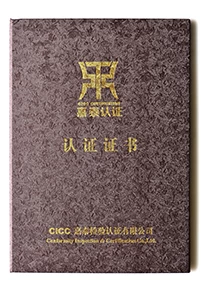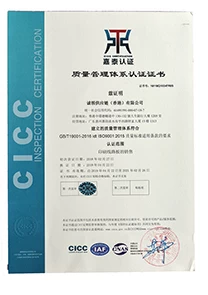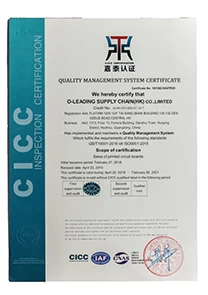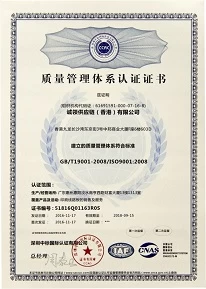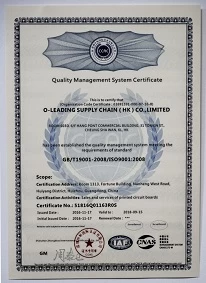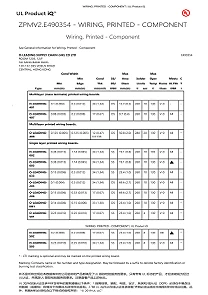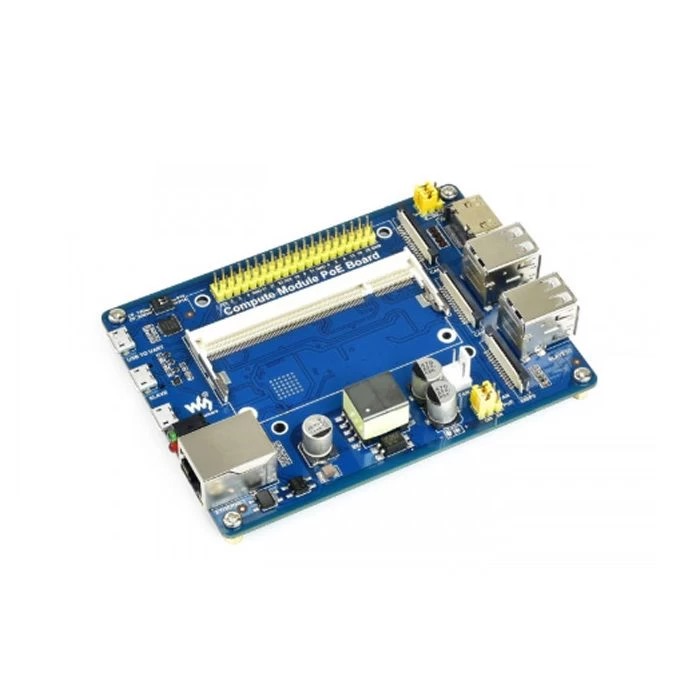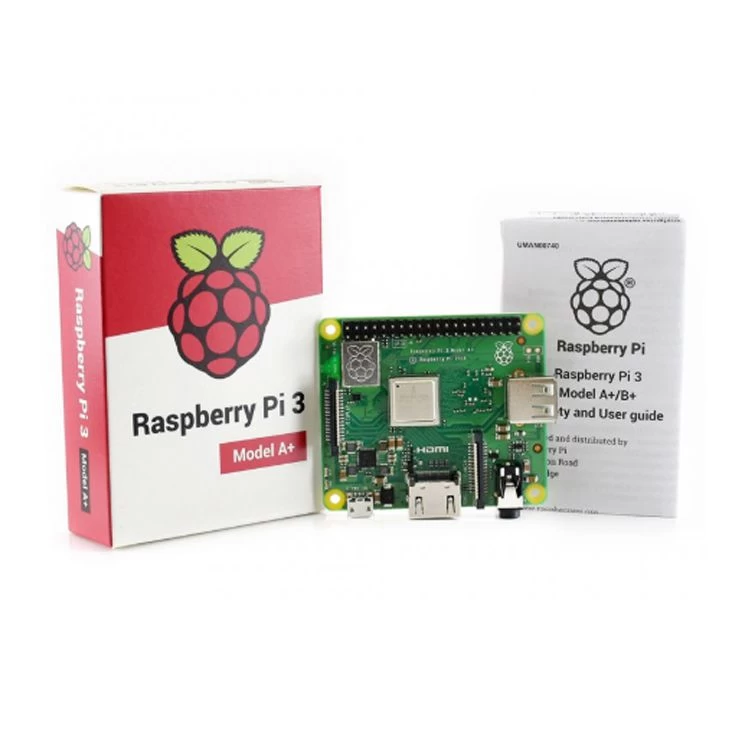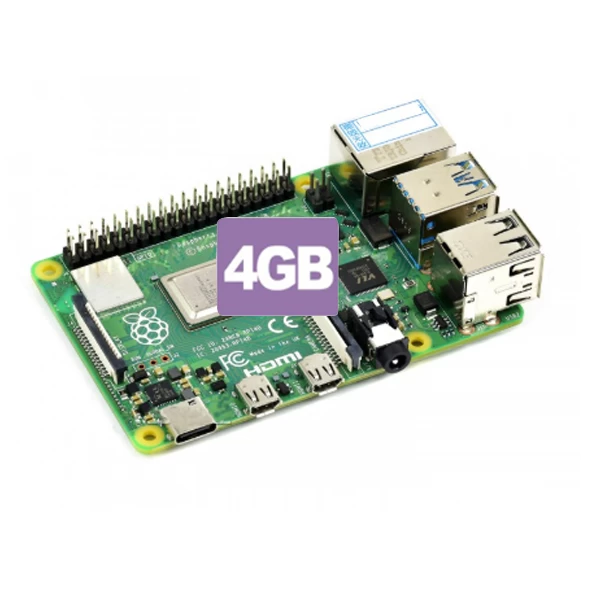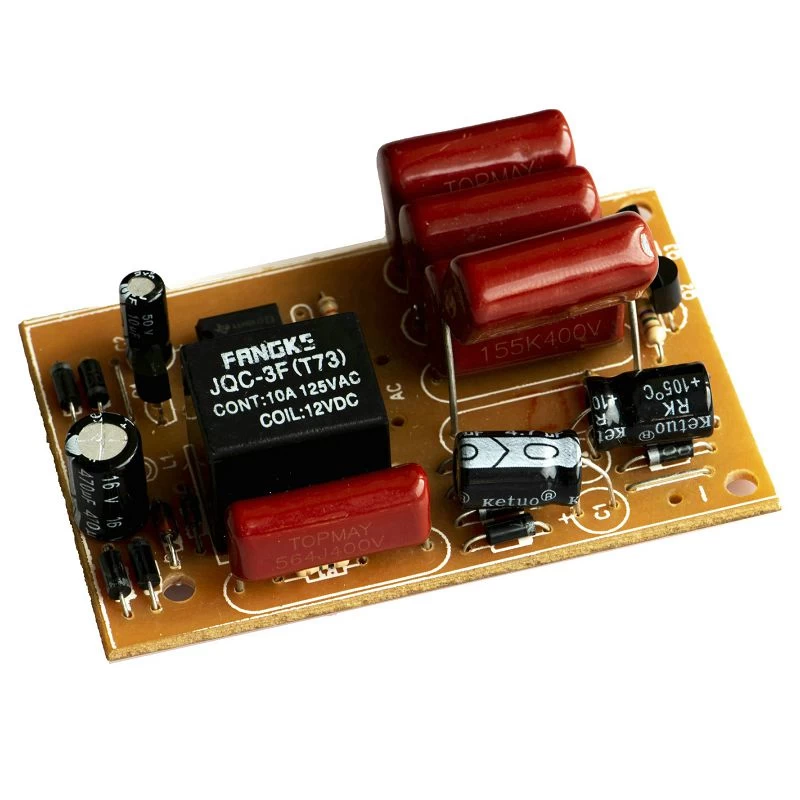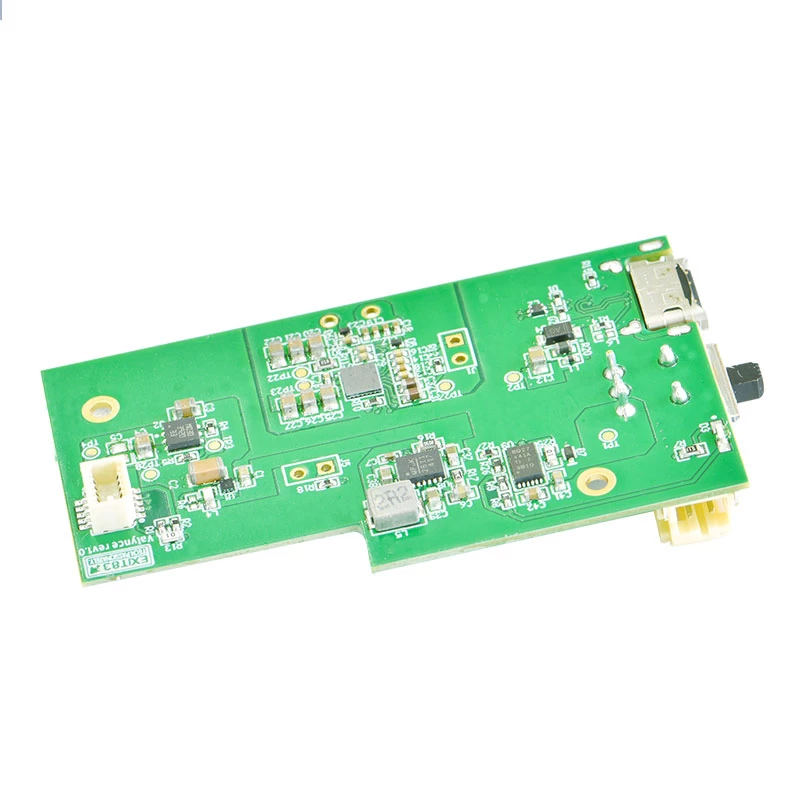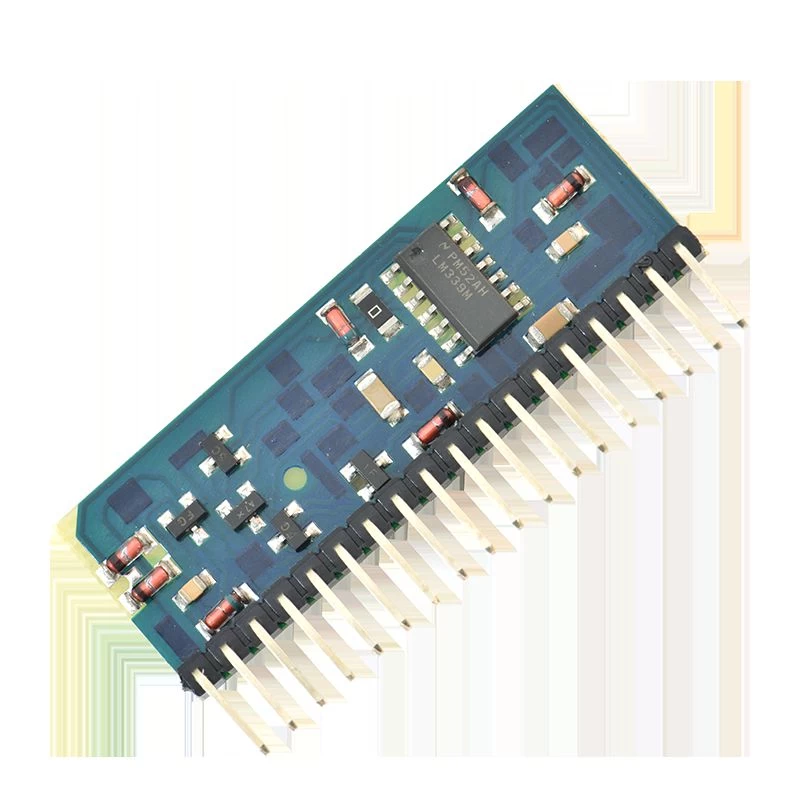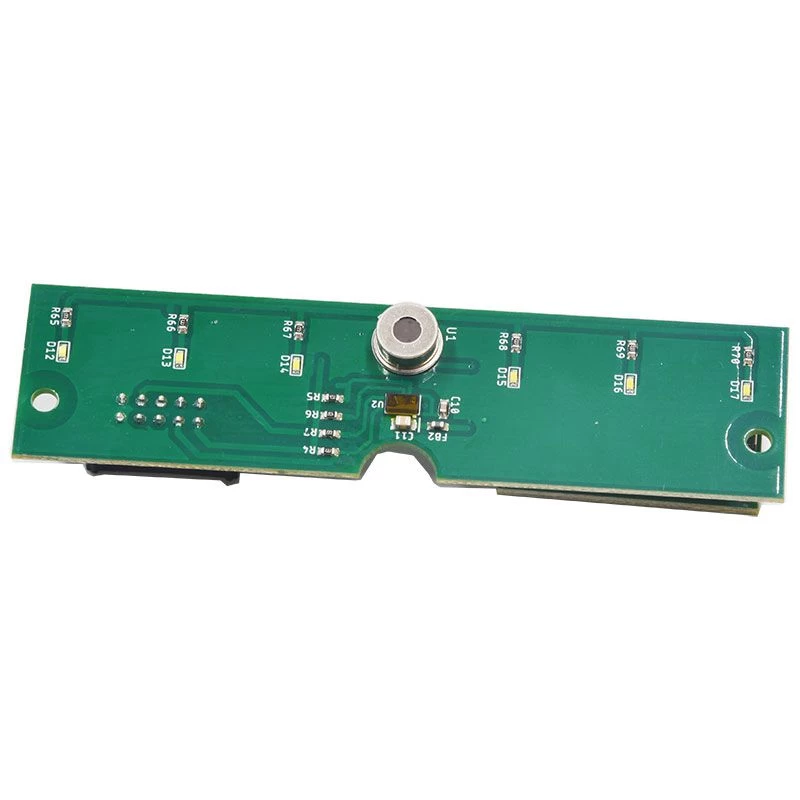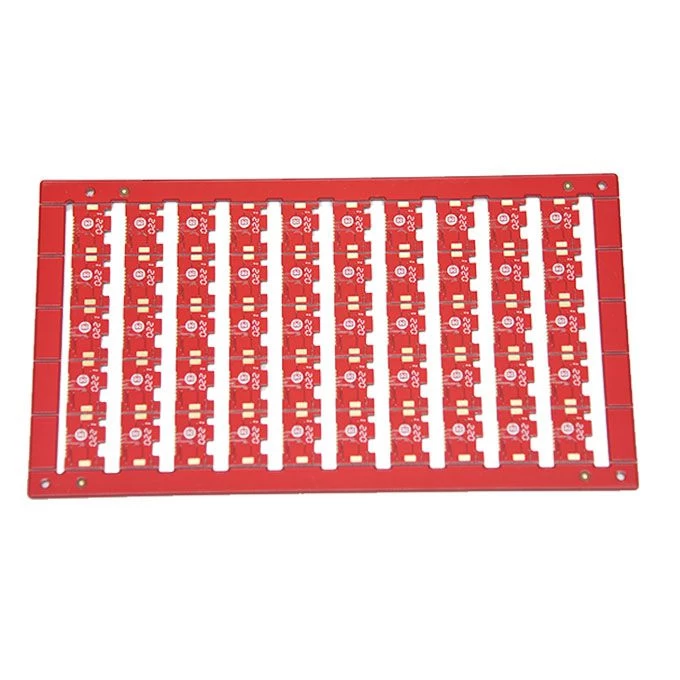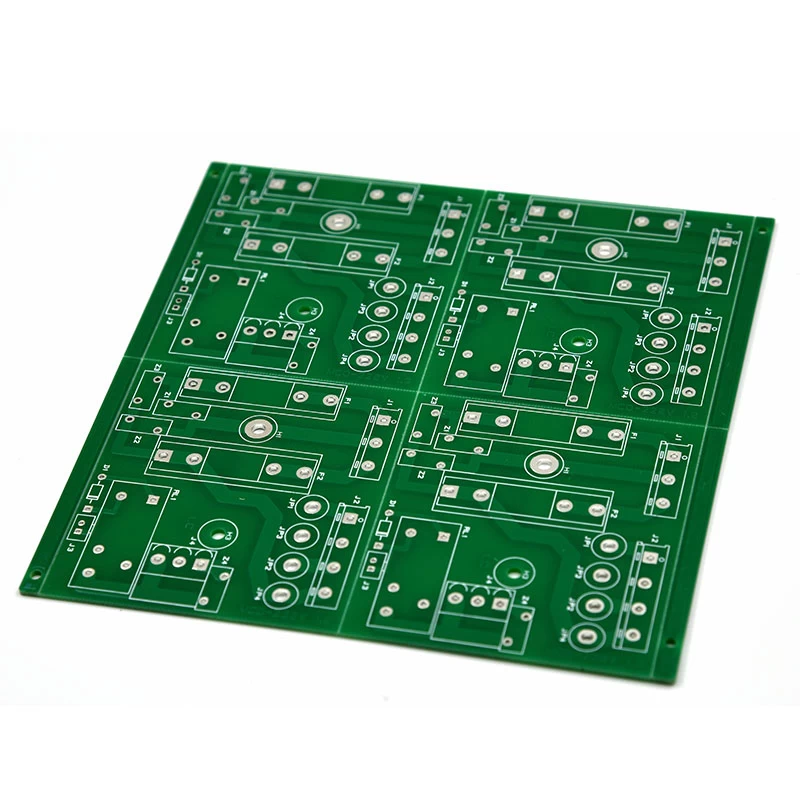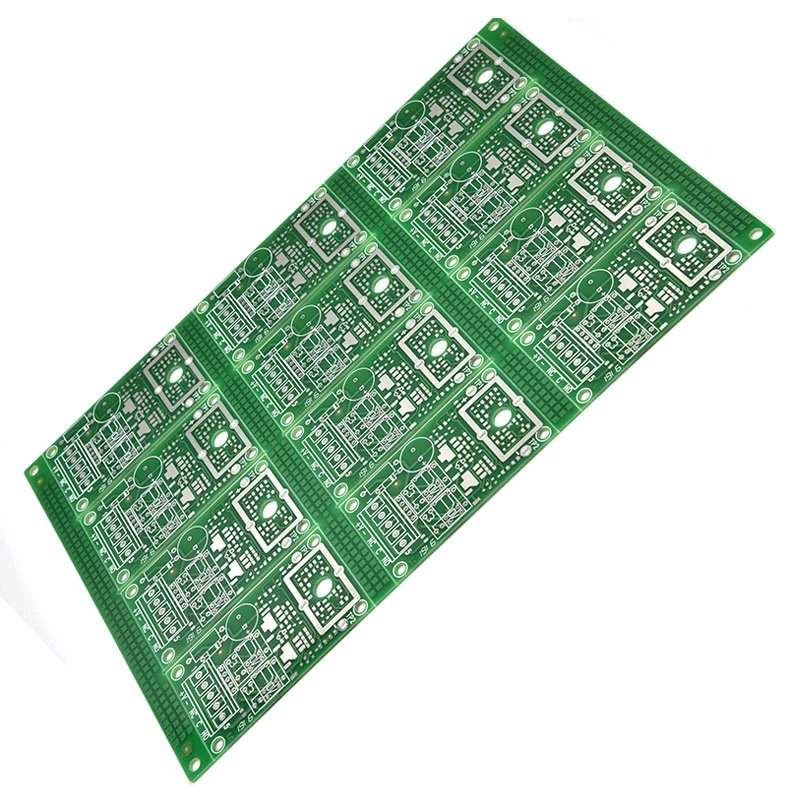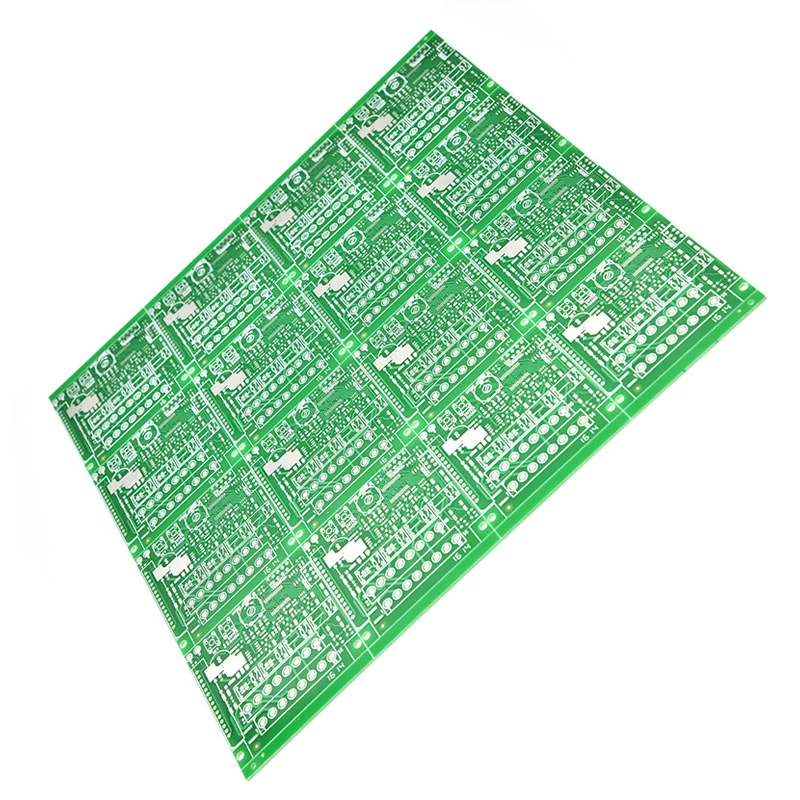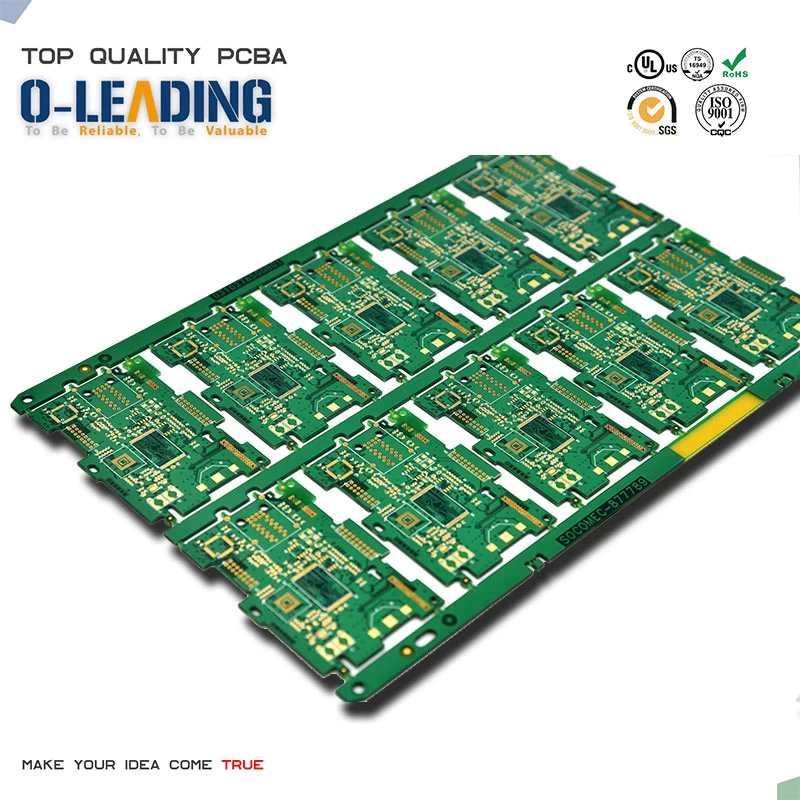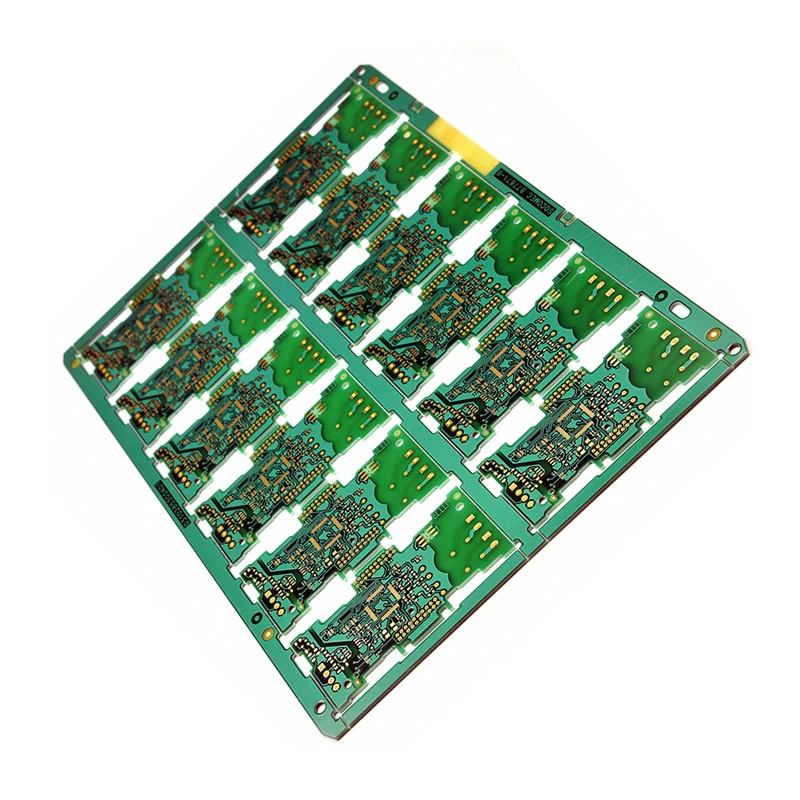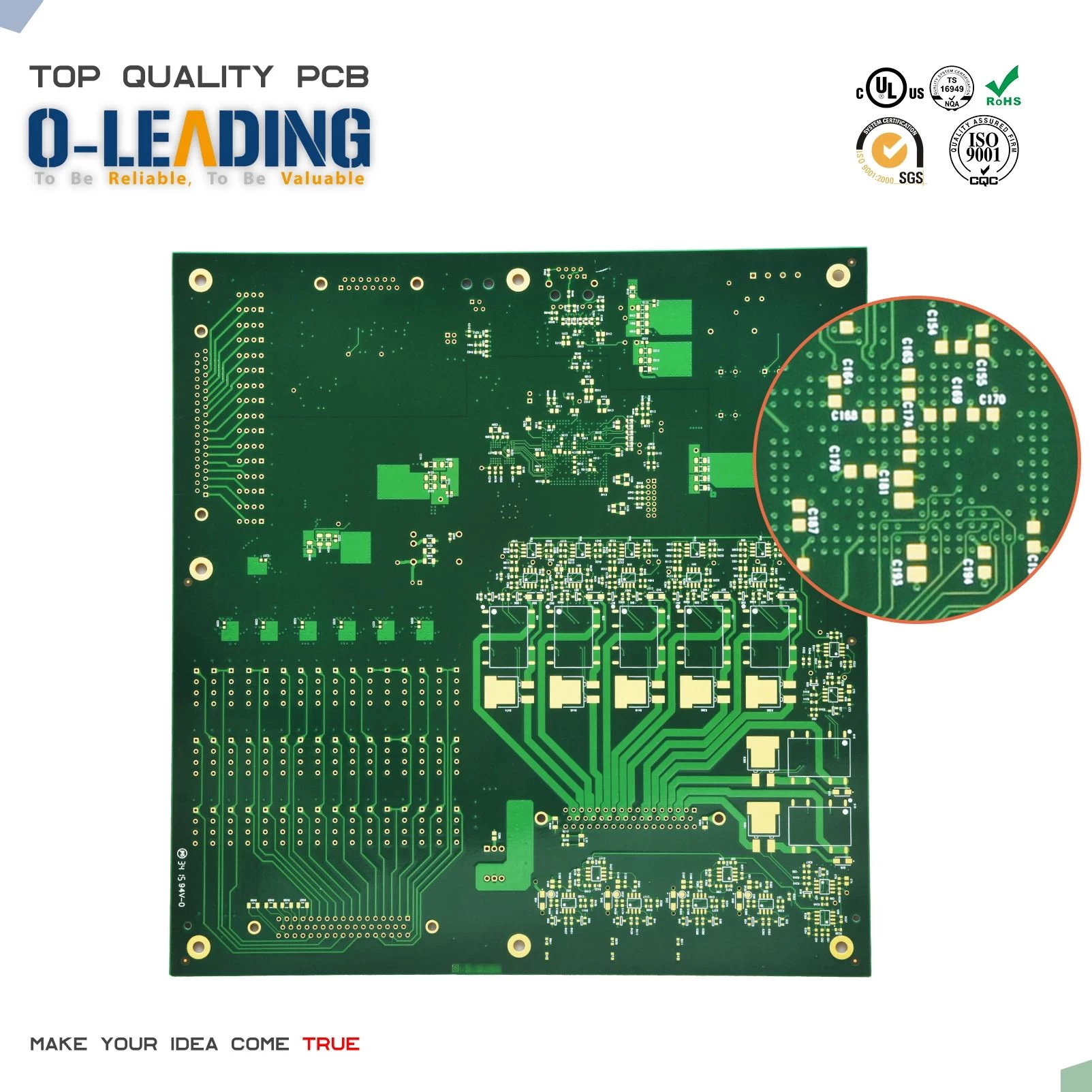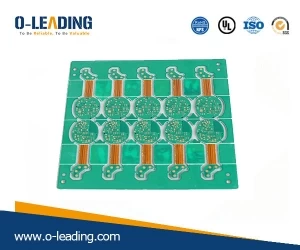PCB experience sharing:transmission line effect
o-leading
o-leading
2018-08-03 14:02:46
If the impedance of the transmission line and the receiving end do not match, the output current signal and the final steady state of the signal will be different, which causes the signal to reflect at the receiving end, and the reflected signal will be transmitted back to the signal transmitting end and reflected back again. As the energy decreases, the amplitude of the reflected signal will decrease until the voltage and current of the signal stabilize. This effect is called oscillation, and the oscillation of the signal is often seen on the rising and falling edges of the signal. The transmission line has the following effects on the overall circuit design.
.1 reflected signal
If a trace is not properly terminated (terminal matching), the signal pulse from the driver is reflected at the receiver, causing an unexpected effect that distorts the signal profile. When the distortion is very significant, it can cause a variety of errors, causing design failure. At the same time, the distortion-distorted signal is more sensitive to noise and can cause design failure. If the above situation is not considered enough, EMI will increase significantly, which will not only affect the design results, but also the failure of the entire system.
The main causes of reflected signals: excessively long traces; transmission lines that are not terminated, excess capacitance or inductance, and impedance mismatch.
If a trace is not properly terminated (terminal matching), the signal pulse from the driver is reflected at the receiver, causing an unexpected effect that distorts the signal profile. When the distortion is very significant, it can cause a variety of errors, causing design failure. At the same time, the distortion-distorted signal is more sensitive to noise and can cause design failure. If the above situation is not considered enough, EMI will increase significantly, which will not only affect the design results, but also the failure of the entire system.
The main causes of reflected signals: excessively long traces; transmission lines that are not terminated, excess capacitance or inductance, and impedance mismatch.
.2 Delay and timing errors
Signal delays and timing errors are manifested by the fact that the signal does not transition for a period of time as the signal changes between the high and low thresholds of the logic level. Excessive signal delay can cause timing errors and clutter in device functionality.
There is usually a problem when there are multiple receivers. The circuit designer must determine the worst-case time delay to ensure the correctness of the design. The reason for the signal delay is that the drive is overloaded and the trace is too long.
.3 False Switching
Signals may cross logic level thresholds multiple times during a transition, causing this type of error. Multiple crossing logic level threshold errors is a special form of signal oscillation, that is, the oscillation of the signal occurs near the logic level threshold, and crossing the logic level threshold multiple times can cause logic malfunction. Causes of reflected signals: excessively long traces, unterminated transmission lines, excessive capacitance or inductance, and impedance mismatch.
.4 overshoot and undershoot
Overshoot and undershoot are caused by two reasons: too long a trace or too fast a signal change. Although most components have input protection diode protection at the receiving end, sometimes these overshoot levels can far exceed the component supply voltage range and damage components.
.5 Induced Noise
Induced Noise is manifested by the fact that when a signal passes through a signal line, the associated signal is induced on the adjacent signal line on the PCB. This is called induced noise
The closer the signal line is to the ground line, the larger the line spacing and the smaller the induced noise signal generated. Asynchronous and clock signals are more prone to induced noise. Therefore, the method of de-interference is to remove the signal that causes induced noise or to shield the signal that is seriously interfered.
.6 electromagnetic radiation
EMI (Electro-Magnetic Interference) is a problem caused by excessive electromagnetic radiation and sensitivity to electromagnetic radiation. EMI is manifested by radiating electromagnetic waves to the surrounding environment when the digital system is powered up, thereby interfering with the normal operation of the electronic equipment in the surrounding environment. The main reason for this is that the circuit operating frequency is too high and the layout is unreasonable. At present, there are software tools (printed circuit boards supplier)for EMI simulation, but the EMI simulator is very expensive, and the simulation parameters and boundary conditions are difficult to set, which will directly affect the accuracy and practicability of the simulation results. The most common approach is to apply the various design rules that control EMI to every step of the design, enabling rule-driven and control over all aspects of the design.

